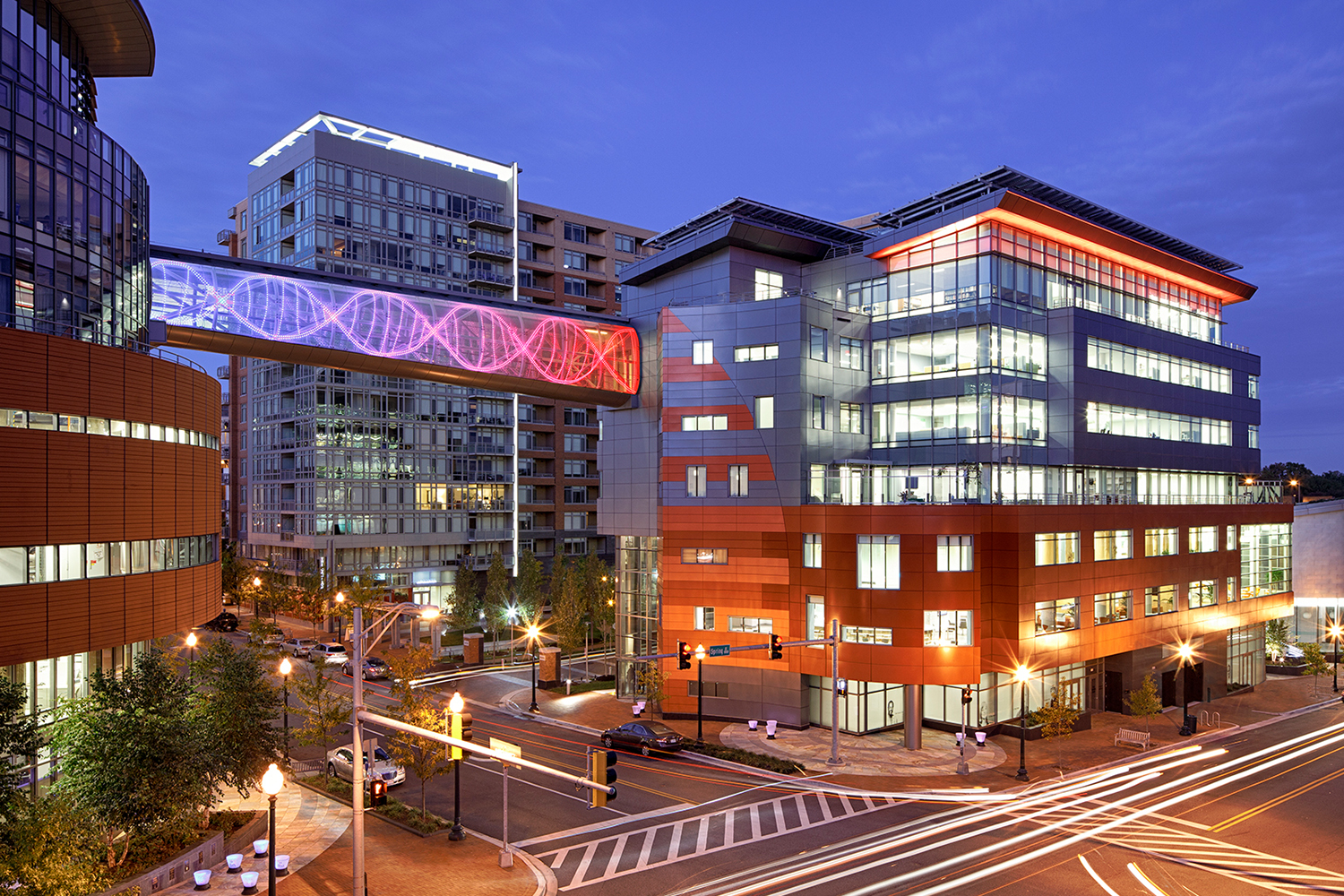
Electrification: The Next Step to Decarbonizing the Built Environment
‘Electrification’ is the process of powering via electricity, often switching from one fuel source to another. It’s time to talk about making the switch to clean energy sources for our buildings.
In previous blogs, we’ve discussed reducing carbon emissions throughout the built environment from design to construction. The 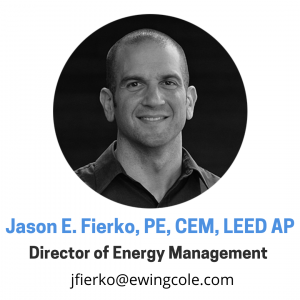 next critical component to examine is how to break free from using fossil fuels by “electrifying” our buildings. Electrification is the process of powering via electricity, often switching from one fuel source to another. In this instance, we’re talking about switching from fossil fuels to sustainable, renewable sources of electricity. Before we look at how to electrify our building systems, let’s discuss the most important first step: reducing energy demand.
next critical component to examine is how to break free from using fossil fuels by “electrifying” our buildings. Electrification is the process of powering via electricity, often switching from one fuel source to another. In this instance, we’re talking about switching from fossil fuels to sustainable, renewable sources of electricity. Before we look at how to electrify our building systems, let’s discuss the most important first step: reducing energy demand.
The progression of energy modeling tools, higher efficiency equipment, improved control systems, and better lighting technologies has resulted in more ways than ever to reduce energy consumption. However, nothing takes the place of good fundamentals. First up are passive strategies – these strategies lower energy consumption while using little to no energy themselves. Optimizing building orientation, incorporating external shading devices, taking advantage of daylight, and natural ventilation are all examples of fundamental passive strategies that don’t require a detailed model to know they’re the right thing to do. Once the fundamentals are met, the focus becomes reducing energy use intensity (EUI) to the lowest possible value. Achieving this requires a substantial energy modeling regimen starting early in the design process. It is a powerful and critical tool to guide decision-making toward the best combination of project-specific, energy-saving strategies. Not approaching projects in this way, and jumping straight to electrification, leads to an increased load on the electrical grid and a new set of issues.
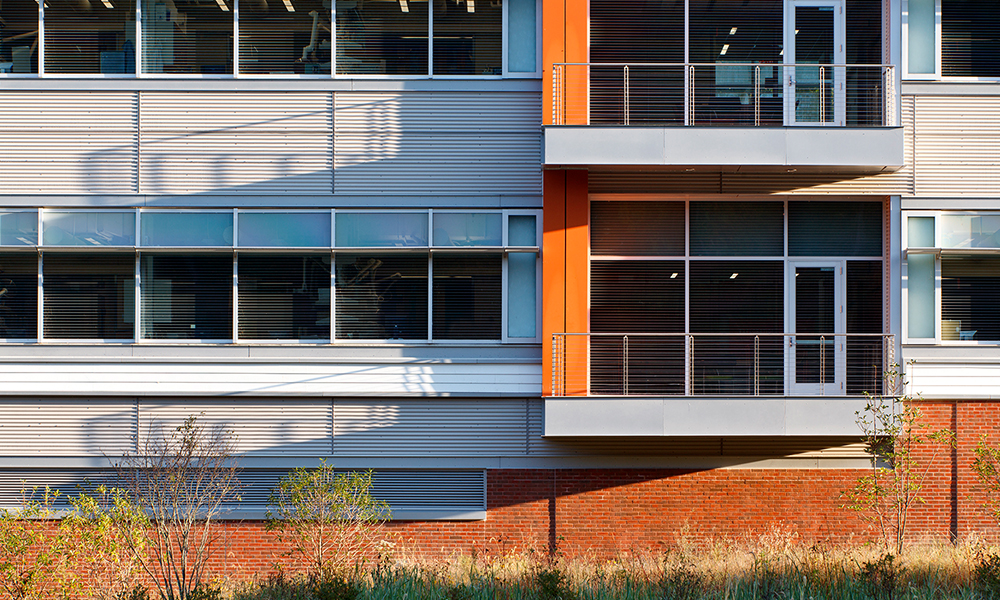
Once energy use intensity is reduced, the focus shifts to removing on-site fossil fuel use and the associated carbon footprint. While natural gas is a cleaner energy source than other fossil fuels, it is not a long-term solution for getting to zero carbon. Electrification aims to rely solely on electricity for the building’s needs, which can be converted to renewable energy over time as the grid becomes greener or, better yet, by installing renewable energy at the building level to support the building’s energy needs.
So how do we do this? Cooling systems are traditionally electric-based, so they don’t pose a considerable challenge. The more significant issue with cooling is how to reduce the load and provide efficient generation. Energy recovery, improved envelope, non-traditional HVAC systems, and high-efficiency equipment are a few ways to do this.
Building heat, however, is a bigger challenge. In colder climates, the use of fossil fuel combustion in furnaces or boilers is a standard solution. While we can change to electric boilers or electric heat, these significantly affect operating costs depending on your utility rate structure. It also dramatically increases the electric load on the building, which may have more considerable implications on the building’s electrical distribution and the local energy grid. The development of next-generation, inverter-driven heat pumps is a potential solution to this challenge. Traditional heat pumps, typically used in warmer climates due to their limited performance in cold weather, are being replaced with newer heat pumps that operate more efficiently in much colder temperatures. Configuring the heat pump in a variable refrigerant volume (VRV) with heat sharing arrangement further optimizes performance by moving heat from the interior of the building to the perimeter zones during the heating season.
EwingCole designed the Philadelphia Ronald McDonald House with a VRV heat pump system that provides all-electric heating and cooling to the guest rooms. One of the keys to success was improving the envelope to reduce heat loss, making the heat pump solution without supplemental gas heat attainable in this colder climate. Another example is the zero net energy United Therapeutics' Unisphere, which uses a ground-source heat pump system to heat and cool the building and heat the indoor swimming pool through 100 percent on-site renewable energy.
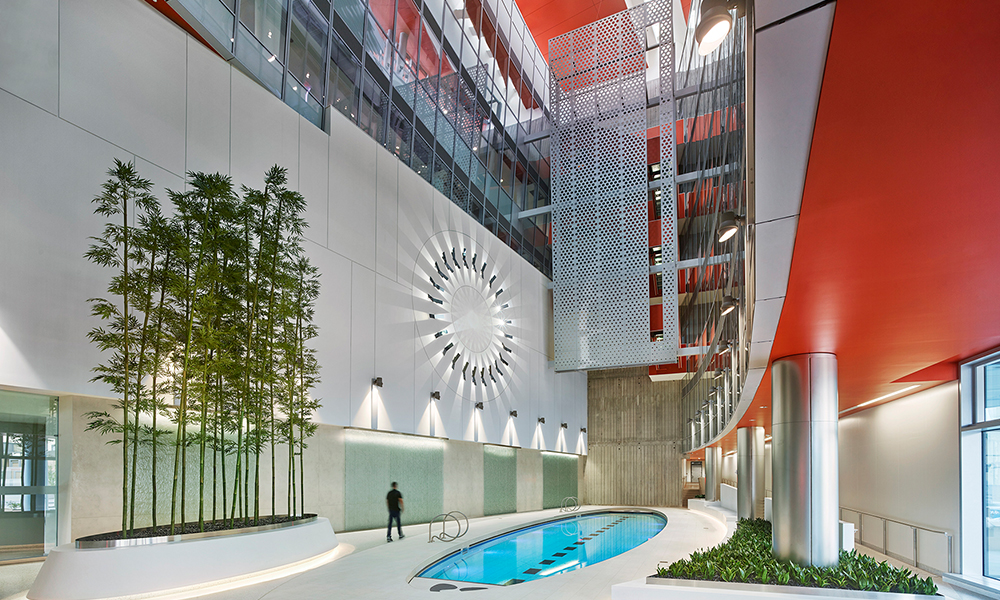
The next challenge is generating domestic hot water, which is often done with a gas-fired water heater. While changing from gas to electric may be relatively easy, it doesn’t address ongoing operational costs and electric peak demand management issues. An alternative to the gas-fired heater is an air-to-water (ATW) heat pump that generates hot water through a reverse refrigerant cycle. ATW heat pumps, traditionally used for heating swimming pools, are proving effective in this market and are widely used overseas in this application.
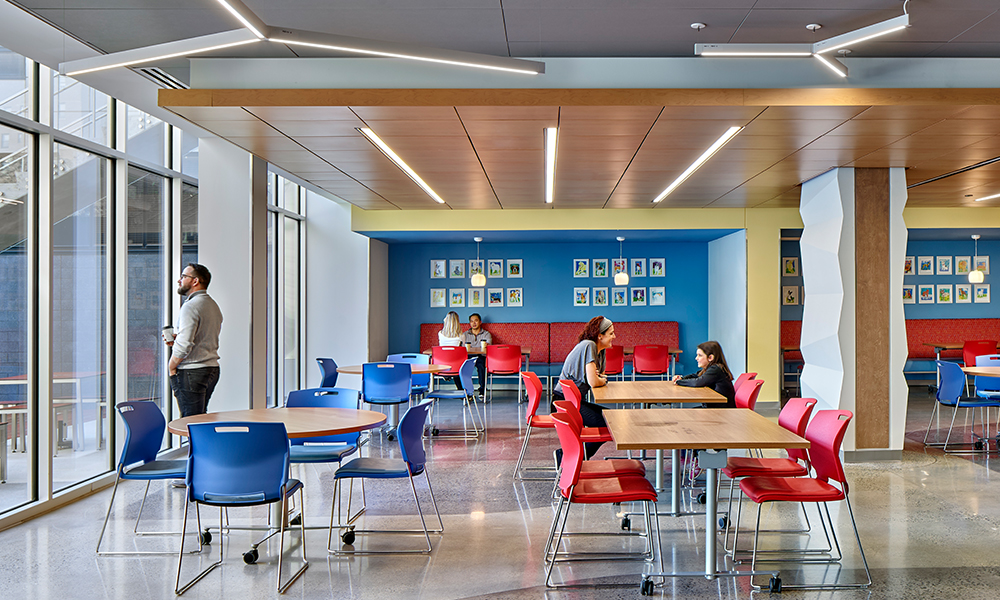
One of the largest challenges to electrification is the solution to on-site emergency power generation, which is frequently based on diesel fuel or natural gas technology. Emergency power generation can be the largest fossil fuel demand depending on the facility and the amount of power generation required. How can we generate electricity by using electricity when the power grid is out? The answer isn’t quite as simple, but the development of battery technology is one strategy showing great potential. In this scenario, the batteries charge during normal operation and discharge during a power outage. The battery array can be sized similarly to an emergency generator by analyzing the loads requiring emergency power and pairing it with the correct battery technology and quantity. As battery technology continues to develop, it is expected that affordability, and therefore feasibility, will follow a similar trajectory as renewable energy. For larger-scale facilities, using hydrogen fuel cells with hydrogen generated from clean energy either on-site or at a remote hydrogen generation facility may prove to be another feasible option.
Electrification isn't simple, but it is not impossible nor unattainable. We have the knowledge. We have the technology. What's required now is for owners, architects, and engineers to approach old challenges in new ways. Only by putting these new solutions into practice will they become commonplace and move us toward full building electrification.





